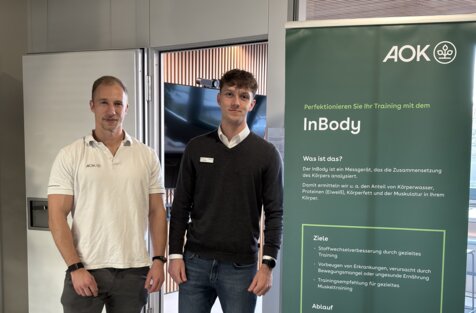For 100 percent renewable electricity: Rethinking combined heat and power generation
The thousands of kilometers of "gigantic expansion of the extra-high-voltage grid" planned by the federal government via the Federal Network Agency and transmission system operators is not needed for 100 percent renewables. In God's name, a few HVDC (high voltage direct current transmission) lines. But above all the expansion of the distribution grids" and cross-sector storage systems. However, Longo believes that the renewable energy sector and its lobbyists, such as Eurosolar, still have a lot of ground to cover: "We have to manage to overcome the inertia of politicians."
The fact is: with 100% renewable energy (RE) electricity, the challenge is to harmonize generation with huge fluctuations in wind and solar power and with the (more predictable) daily consumption patterns. This is why research into storage systems is being carried out everywhere, from small (e.g. remote access to batteries in e-mobiles) to large (e.g. underground pumped storage plants or storage farms with second-life e-mobile batteries). Intermediate storage of surplus electricity via "Power to Heat" (P2H) or "Power to Gas" (P2G): These are just two of the almost infinite number of options that can be considered for this.
Uwe Welteke-Fabricius from the "Network Flexibilization for CHP", or Fl(ex)perten for short, sees great opportunities for combined heat and power (CHP) in particular. If there is a surplus of electricity in the grid of up to 45 gigawatts (GW), then CHP will simply have to rest, the fl(ex)perts state: "The future secure power supply needs CHP. But no longer at base load", but extremely flexibly. Incidentally, the control power will only be "a small market in the volume corridor"; Welteke-Fabricius expects +/- 3 GW. For short periods of increased or reduced consumption, CHP cannot keep up with batteries or P2H anyway. The crux of the matter is that there has been a drastic fall in prices for all four known types of balancing energy in recent years.
This is why the fl(ex)perte advocates a "radically different design of CHP plants for demand-oriented schedule operation". The goal is "residual load coverage on the spot market day ahead" with typically less than two machine starts per day. On the one hand, this requires multiple over-planning, for example 500 kW rated and 2,500 kW installed electrical output. Also, planning should no longer be based on the previous principle of "5-7,000 full-load operating hours per year" (VBh/a), but with less than 2,500 VBh/a. Much larger (heat) storage units would then have to bridge idle periods during the day or at weekends.According to Uwe Welteke-Fabricius, the CHP Act already provides the legal framework for this: "Wherever there is a CHP plant, another one is added every year." The favorable interest rates and the longer CHP surcharge payment make this economically feasible. The operator creates access to the spot market with a competent direct marketer, who is responsible for communication, the schedule and control
Flexibilization, i.e. more power and larger storage facilities, is "an energy policy necessity. It is already worthwhile today and will be even more so in the future." Uwe Welteke-Fabricius is certain of this. Although he also knows: "In order to encourage flexibility, all price components must be dynamized: Also the EEG levy, grid fee, taxes." And that brings us back to the skeptical Eurosolar Vice President Fabio Longo. He also called for "decisions from politicians" in Nuremberg. But whether and when these will come is written in the stars for him.
What is still missing is a reliable master plan for the energy transition based on a sustainable strategy - a calculable policy is the prerequisite for this!
(Author: Zukunftsenergie-Team Gammel)



